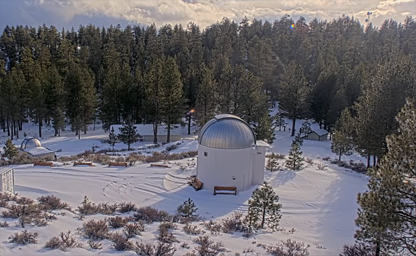
Pine Mountain Observatory
In the high desert east of Bend

In the high desert east of Bend
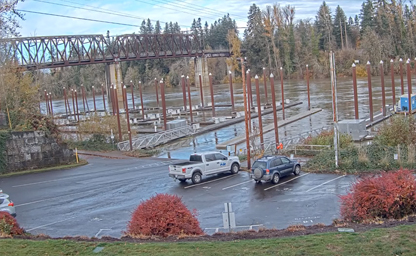
Situated just off Interstate 5 at Exit 282, south of Portland
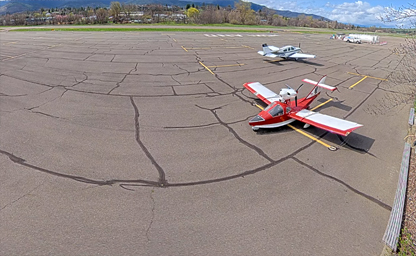
Situated 02 miles E of Ashland, Oregon on 94 acres of land
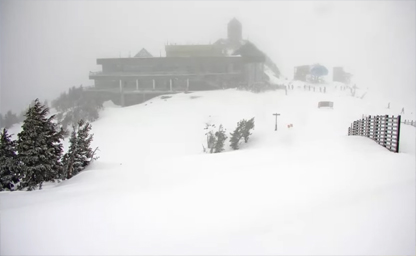
Watch the snow pile up on our West Village snow stake
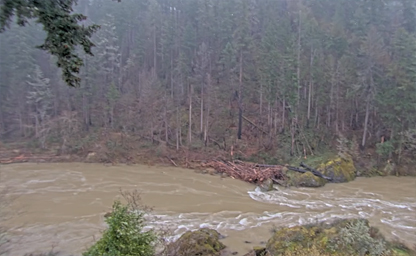
One of the principal rivers of the Oregon Coast
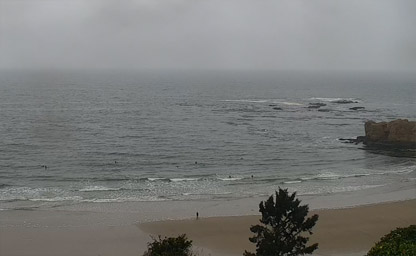
It is located on U.S. Route 101 along the Oregon Coast
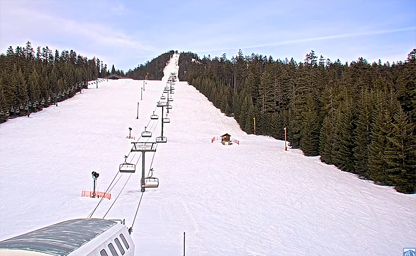
Located between Crater lake and Bend, Oregon in the town of Crescent Lake
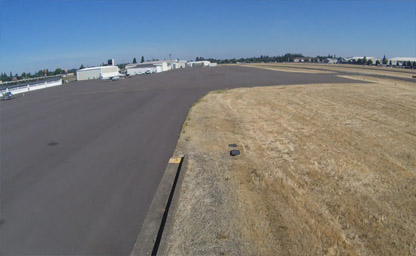
At the confluence of the Calapooia River and the Willamette River
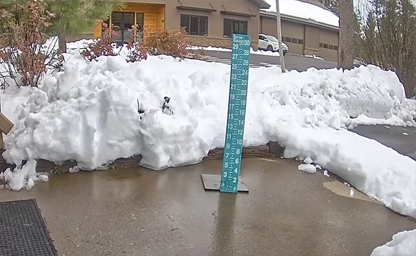
A one-of-a-kind wilderness retreat located 15 minutes from Bend
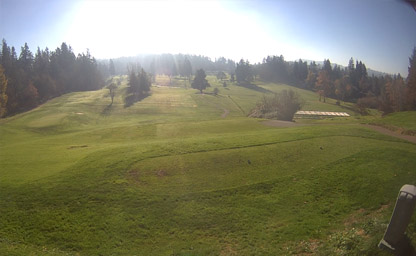
It is situated at the southern end of the Willamette Valley
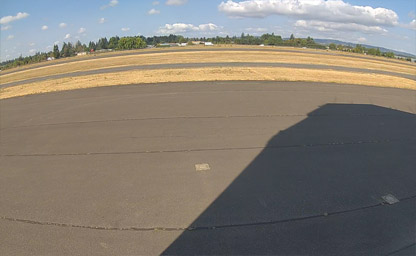
Just south of the Clackamas-Marion County border

The sports park was known as U.S. Cellular Community Park from 2006 until 2021
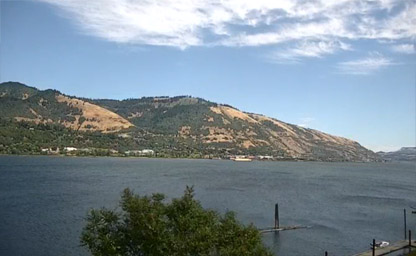
It is a port on the Columbia River
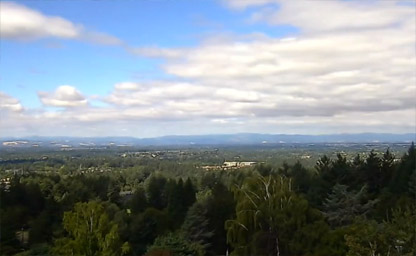
A senior living community in Portland
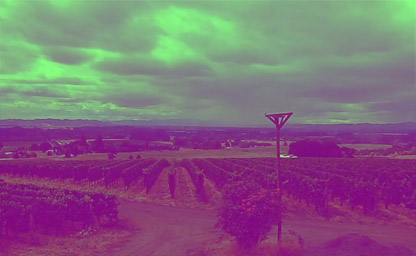
Situated in the beautiful Willamette Valley in Yamhill County
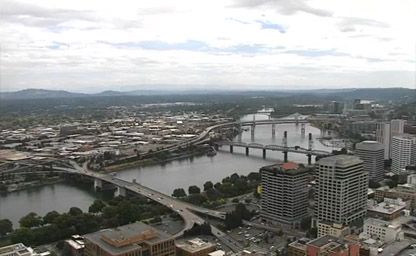
A buzzing area with indie boutiques selling local brands
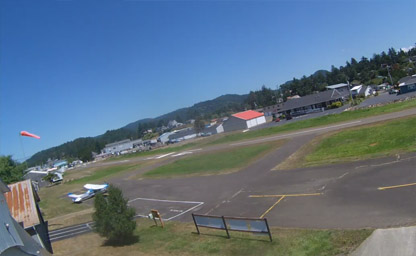
Unincorporated community in Tillamook County
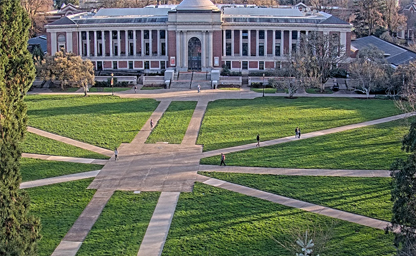
The Memorial Union is the hub of the OSU campus, restaurants, MU Basement, Xpress Stop Printing & Mailing
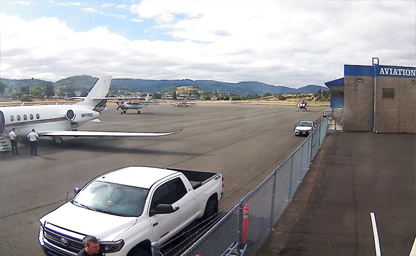
It is in the Umpqua River Valley in southern Oregon
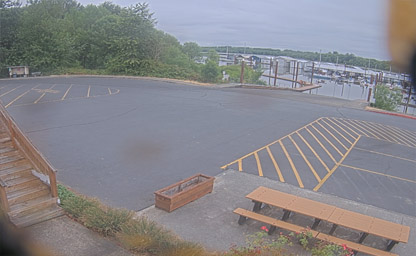
A recreational area owned and operated by the Port of Columbia County
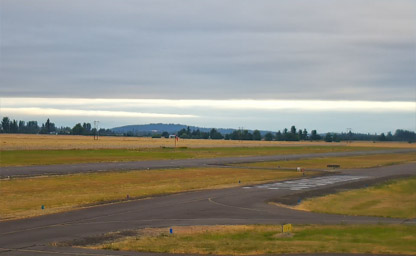
A public-use airport located one mile northwest of the central business district
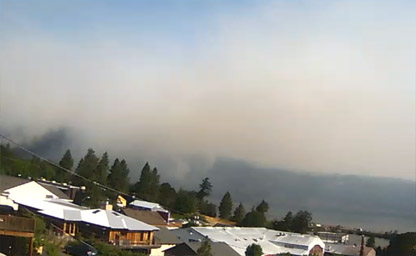
It is a port on the Columbia River, and is named for the nearby Hood River
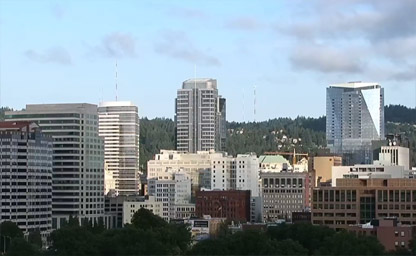
Check out weather & traffic live views to plan your next trip
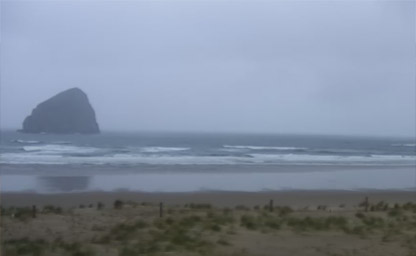
Unincorporated community in Tillamook County
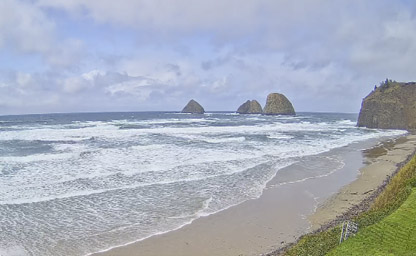
Unincorporated community in Tillamook County
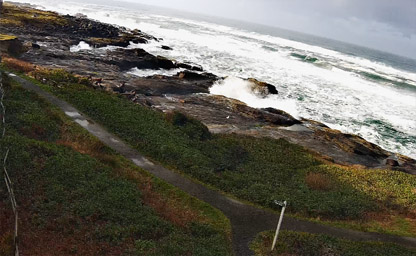
Live Footage of the beautiful Oregon Coast
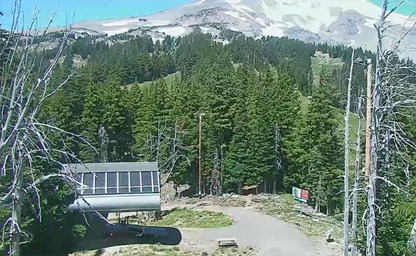
Meadows offers more than 2,150 acres of pure enjoyment
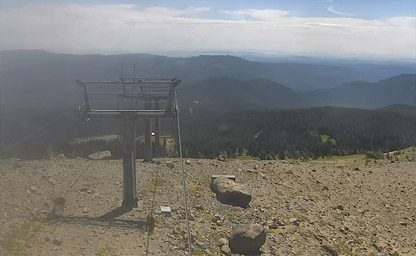
The resort sprawls across Mt. Hood's southeast flank
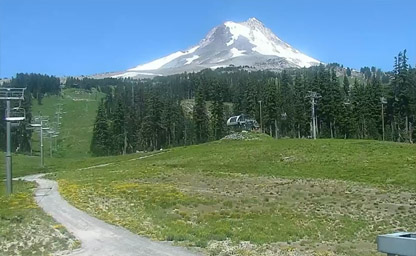
A big mountain experience you'd expect to travel much farther to enjoy
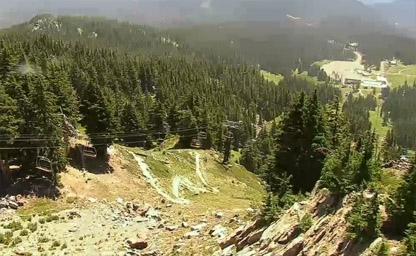
The resort is close to Portland, just ninety minutes away
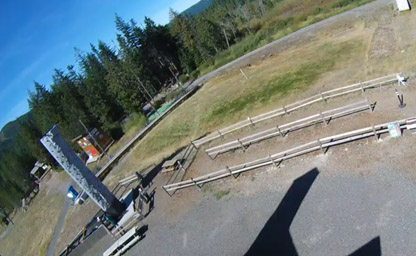
The resort at Multorpor Mountain is now Skibowl East
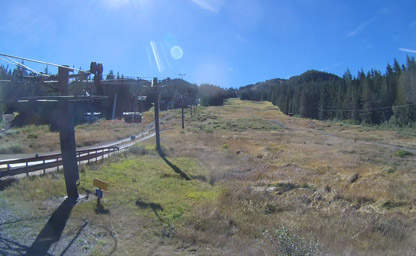
Situated near Government Camp

The resort is close to Portland, just ninety minutes away
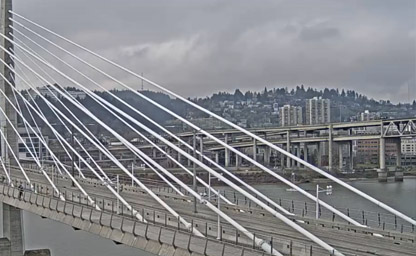
Live feed of the Tilikum Crossing and Willamette River
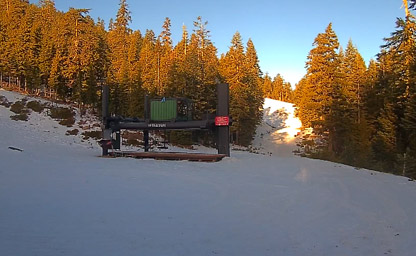
Located near the top of the proposed C-6 Chairlift near the base of the Bowl
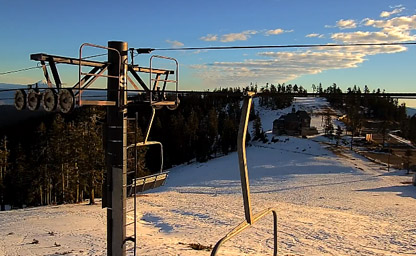
The alpine gateway to the Pacific Northwest
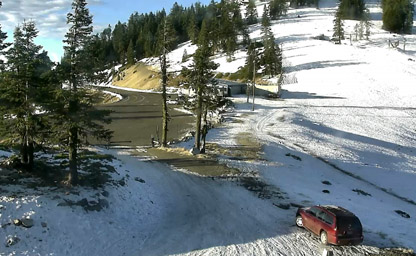
Nestled in the magnificent Siskiyou Mountains
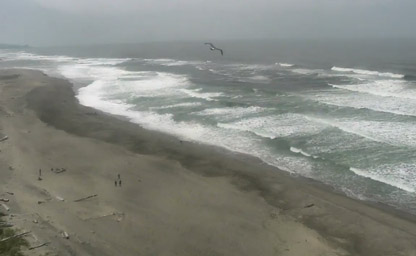
Sunsets on the Oregon Coast are beyond belief
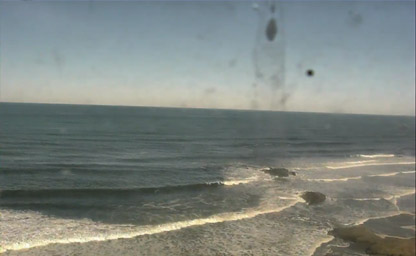
Located at the Inn At Spanish Head in Oregon Coast
IpLiveCams provide a real-time look at the state’s stunning landscapes, vibrant cities, and iconic destinations. From the rugged Pacific coastline to the towering peaks of the Cascade Range, these webcams showcase the natural beauty and diverse charm of Oregon.
Nature lovers can explore live feeds from breathtaking locations like Crater Lake, Mount Hood, and the Columbia River Gorge. These cameras highlight dramatic waterfalls, pristine lakes, and scenic mountain vistas that define Oregon’s outdoor allure.
Coastal webcams along the Oregon Coast offer stunning views of rocky cliffs, sandy beaches, and crashing waves. Popular destinations like Cannon Beach, Newport, and Florence provide a glimpse of the state’s seaside beauty and wildlife, including seals and seabirds.
Urban webcams in cities such as Portland, Eugene, and Bend capture the dynamic energy of Oregon’s metropolitan areas. Viewers can enjoy live views of bustling streets, cultural events, and iconic landmarks like Pioneer Courthouse Square and the Old Mill District.
Seasonal changes add a unique dimension to Oregon’s live cams. Witness lush greenery in the spring, sunny days and wildflower blooms in the summer, vibrant fall foliage, and snow-covered peaks in the winter.
Whether you’re planning a trip, exploring Oregon’s natural wonders, or simply enjoying its beauty from afar, live cameras provide an immersive way to experience the state’s diverse landscapes and lively communities.
Oregon’s history is a fascinating journey shaped by Indigenous cultures, exploration, and the pursuit of opportunity in the Pacific Northwest. For thousands of years, the region was home to Native American tribes, including the Chinook, Klamath, Nez Perce, and Umatilla. These tribes thrived in Oregon’s diverse ecosystems, utilizing its rivers, forests, and plains for sustenance and trade. The petroglyphs at sites like Columbia Hills and the remains of ancient dwellings highlight their enduring legacy.
European exploration began in the late 18th century when Spanish and British expeditions charted the Pacific coastline. In 1792, American sea captain Robert Gray navigated the Columbia River, claiming the region for the United States. This act set the stage for decades of territorial disputes between Britain and the U.S., culminating in the Oregon Treaty of 1846, which established the 49th parallel as the boundary between British Canada and the U.S.
The early 19th century saw an influx of fur traders, missionaries, and settlers, drawn by the promise of fertile land and economic opportunity. The Oregon Trail, one of the most famous routes of westward migration, brought thousands of pioneers to the Willamette Valley in the mid-1800s. This arduous journey, spanning over 2,000 miles, tested the resilience of settlers and became a symbol of America’s Manifest Destiny.
Oregon achieved statehood on February 14, 1859, becoming the 33rd state in the Union. The discovery of gold and other minerals in the late 19th century spurred economic growth and led to the establishment of thriving mining towns. By the early 20th century, Oregon had emerged as a leader in timber production, with its vast forests fueling the construction of cities across the nation.
In modern times, Oregon has embraced its natural beauty and environmental stewardship. The state was a pioneer in environmental legislation, becoming the first to enact a bottle deposit law in 1971. Oregon’s vibrant history is preserved in landmarks like Fort Clatsop, where Lewis and Clark wintered during their expedition, and the Timberline Lodge, an iconic symbol of the New Deal era.
Oregon’s climate is as diverse as its landscapes, offering a mix of weather patterns influenced by the Pacific Ocean, mountain ranges, and inland plateaus. The western part of the state, including cities like Portland, Eugene, and Salem, experiences a temperate marine climate. Winters are mild and wet, with average temperatures ranging from 35°F to 50°F (2°C to 10°C). Rainfall is abundant, especially from November to March, contributing to the region’s lush forests and vibrant greenery.
Summers in western Oregon are warm and dry, with temperatures typically ranging from 70°F to 85°F (21°C to 29°C). The lack of summer rainfall creates ideal conditions for outdoor activities, including hiking, cycling, and wine tasting in the Willamette Valley, a renowned wine-producing region.
Eastern Oregon, on the other hand, experiences a semi-arid climate, characterized by hot summers and cold winters. This region receives significantly less precipitation than the western part of the state, with many areas averaging less than 12 inches annually. In cities like Bend and Pendleton, summer highs often exceed 90°F (32°C), while winter lows can drop below freezing, accompanied by occasional snowfall.
The Cascade Mountains, running north to south through the state, play a crucial role in shaping Oregon’s climate. These mountains create a rain shadow effect, trapping moisture on the western slopes and leaving the eastern side drier. The Cascades also provide ample opportunities for winter sports, with popular ski resorts like Mount Hood Meadows and Bachelor Mountain drawing visitors from across the region.
Oregon’s coastal areas are influenced by the Pacific Ocean, resulting in cooler temperatures and frequent fog. The coast rarely experiences extreme heat or cold, with summer highs averaging around 60°F to 70°F (15°C to 21°C). This mild climate, combined with dramatic ocean vistas and sandy beaches, makes the Oregon Coast a year-round destination for tourists and locals alike.
Oregon’s geography is a stunning showcase of natural diversity, ranging from rugged coastlines to towering mountains, expansive deserts, and fertile valleys. The state covers 98,381 square miles, making it the ninth-largest in the United States. Its varied landscapes are divided into distinct regions, each offering unique ecological and geological features.
The Oregon Coast stretches over 360 miles along the Pacific Ocean, featuring dramatic cliffs, sandy beaches, and picturesque lighthouses. Iconic landmarks like Cannon Beach, with its towering Haystack Rock, and the sand dunes of Oregon Dunes National Recreation Area attract millions of visitors annually. The coastline is also home to abundant marine life, including whales, sea lions, and puffins.
Inland, the Willamette Valley serves as the state’s agricultural heartland. This fertile region, nestled between the Coastal Range and the Cascade Mountains, produces a variety of crops, including berries, hazelnuts, and wine grapes. The valley is home to Oregon’s largest cities, including Portland, known for its vibrant arts scene and eco-friendly culture, and Salem, the state capital.
The Cascade Mountains dominate central Oregon, offering a playground for outdoor enthusiasts. These volcanic peaks include Mount Hood, Oregon’s highest point at 11,240 feet, and Crater Lake, a breathtaking caldera lake formed by the collapse of Mount Mazama. Crater Lake National Park, with its deep blue waters and surrounding forests, is a must-visit destination for nature lovers.
Eastern Oregon presents a stark contrast, with its high desert landscapes and rolling hills. The region is home to the Painted Hills, part of the John Day Fossil Beds National Monument, where colorful layers of sediment reveal millions of years of geological history. The Snake River Canyon, which forms part of the state’s eastern border, offers stunning views and opportunities for whitewater rafting.
Southern Oregon features a mix of forests, rivers, and mountains. The Rogue River, renowned for its salmon runs and whitewater rapids, winds through this region, while the Klamath Basin is a haven for birdwatchers and wildlife enthusiasts. The area also boasts the Shakespeare Festival in Ashland, attracting visitors from around the world.
Oregon’s abundant natural resources, including timber, water, and minerals, have played a vital role in its development. The state’s commitment to preserving its natural beauty is evident in its extensive network of parks, wilderness areas, and scenic byways, making it a paradise for adventurers and nature enthusiasts alike.
Tip: For an unforgettable experience, visit Crater Lake National Park during the summer. The crystal-clear waters and dramatic volcanic landscapes create an otherworldly setting perfect for hiking, photography, and stargazing.
Interesting Fact: Oregon is one of only two states in the U.S. with no self-service gas stations. The state’s unique law requires attendants to pump fuel for drivers, a tradition aimed at promoting safety and convenience.